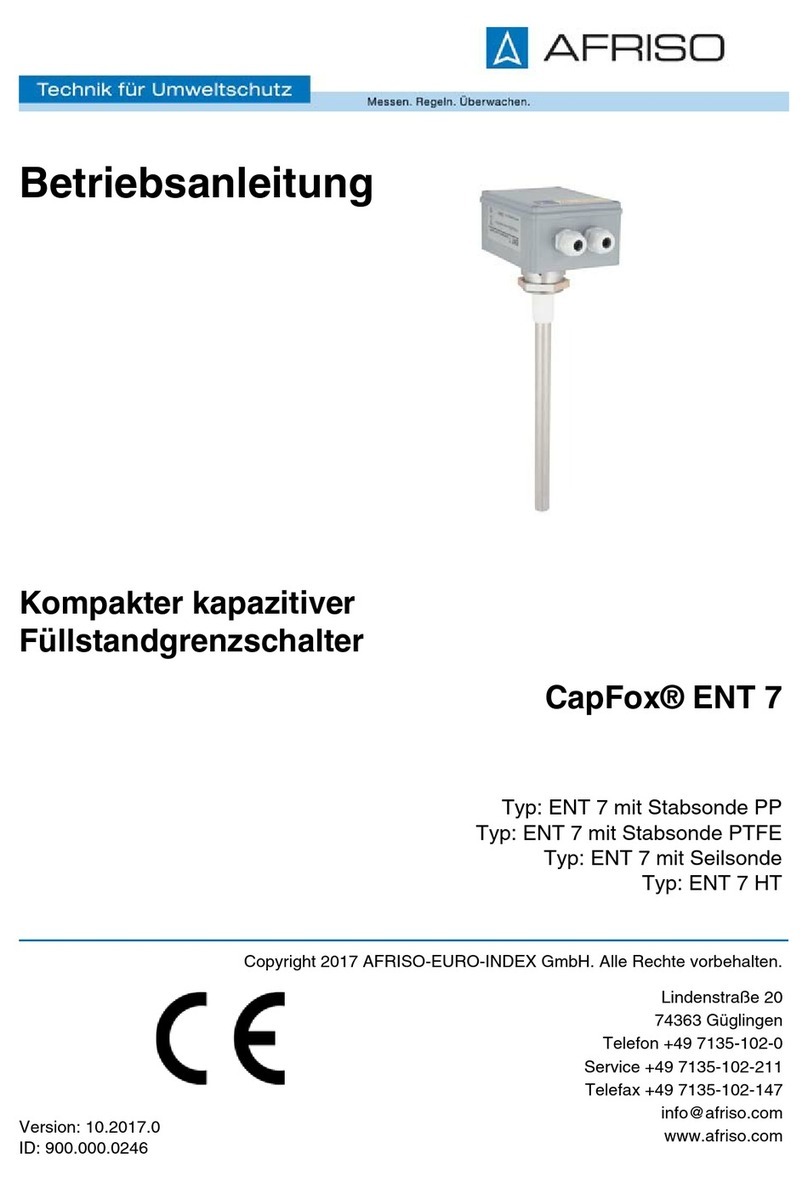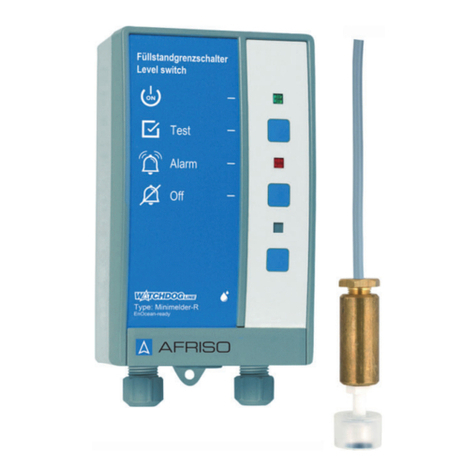
2 Minimelder-R, Maximelder-R
Table of contents
1This instruction manual............................................................................................4
1.1 Precautions ..................................................................................................4
2Safety ......................................................................................................................5
2.1 Intended use ................................................................................................5
2.2 Predictable incorrect application..................................................................5
2.3 Safe handling ...............................................................................................6
2.4 Staff qualification..........................................................................................6
2.5 Modifications to the product.........................................................................6
2.6 Usage of spare parts and accessories.........................................................6
2.7 Liability information ......................................................................................7
3Product description..................................................................................................7
3.1 Function........................................................................................................9
3.2 Operating modes........................................................................................11
3.3 Application examples.................................................................................11
4Technical specifications.........................................................................................12
4.1 Approvals, tests and conformities..............................................................14
5Transport and storage...........................................................................................14
6Mounting and commissioning................................................................................15
6.1 Mounting the control unit............................................................................15
6.2 Mounting the probe....................................................................................17
6.3 Electrical connection..................................................................................18
6.4 Retrofitting an EnOcean®wireless module (optional) ................................20
6.5 Teaching in the EnOcean®wireless module (optional)..............................22
7Operation...............................................................................................................22
7.1 Commissioning the product........................................................................23
7.2 Function test...............................................................................................23
8Maintenance..........................................................................................................24
8.1 Maintenance times.....................................................................................24
8.2 Maintenance activities................................................................................24
9Suitability for use in flood hazard areas ................................................................25
10 Troubleshooting.....................................................................................................25
11 Decommissioning, disposal...................................................................................26
12 General information on EnOcean®wireless ..........................................................27
12.1 Range of EnOcean®wireless.....................................................................27
12.2 Additional information on EnOcean®wireless systems..............................30
12.3 Features of the EnOcean®technology.......................................................30





























